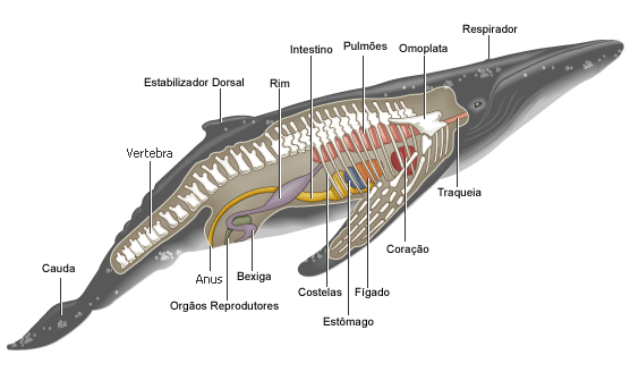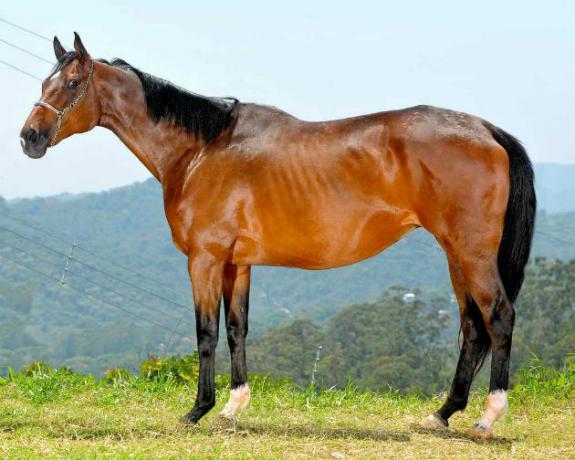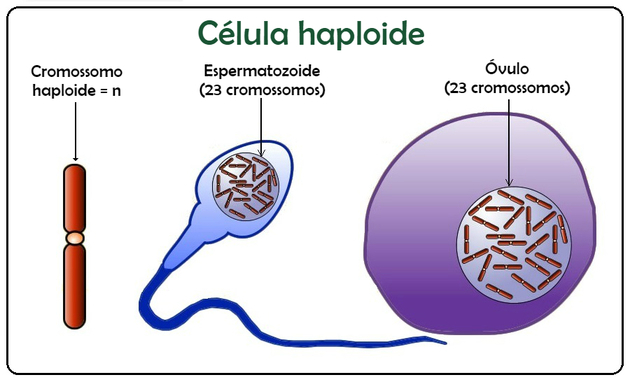Histology is the branch of biology that studies tissues, their embryonic origin, their cell differentiation, structure and functioning.
Animals are multicellular beings, that is, they are made up of a large number of cells that work in an integrated way. The advantage of this is that they can divide and perform different functions, giving efficiency to the organism.
This amount and variety of cell types allows the emergence of body tissues.
Tissue corresponds to a group of similar and highly integrated cells that perform a certain function.
Origin of Animal Tissue
To begin the study of animal tissues, let's understand how they are formed.
All tissues in an animal's body originate through the germinal leaflets, embryonic tissues.
Germ leaflets represent a set of cell laminae, called ectoderm, mesoderm and endoderm.
According to the germinative leaflets, animals can be classified into diblastic and triblastic. The only exception is sponges that do not have leaflets.
Furthermore, only the cnidarians are diblastic, having only ectoderm and endoderm. All other animal groups are triblastic.
Therefore, it is from the germinative leaflets that the tissues, organs and systems of organisms originate.
ectoderm
The ectoderm is the outermost leaflet that covers the embryo. From the ectoderm originates the epidermis and its attachments, nails, hair, claws, some glands and feathers. In addition to the lining epithelia of the nasal, buccal and anal cavities.
From the ectoderm all structures of the nervous system are also formed, the brain, nerves, nerve ganglia and spinal cord.
mesoderm
The mesoderm is located in the middle portion, between the ectoderm and mesoderm. From the mesoderm, muscles, bones and cartilage are formed.
The mesoderm also gives rise to the components of the cardiovascular system, such as: heart, blood vessels, lymphatic tissue and connective tissue. And the components of the urogenital system, such as: kidneys, bladder, urethra, genitals and gonads.
endoderm
It is the innermost germinal leaflet. From the endoderm comes the lining of the digestive tube and the glandular structures associated with digestion.
It also forms the lungs. In fish and amphibians, it gives rise to gills.
Types of Animal Tissue
In vertebrate animals there are four main types of tissue: epithelial, connective, muscular and nervous.
epithelial tissue
Epithelial tissues perform a variety of functions, depending on their location in the body.
Their cells are juxtaposed, with little or no intercellular matrix.
Its functions are related to protection, coating, secretion of substances and sensory perception.
It is divided into two main types: o lining epithelium it's the glandular epithelium.
Learn more about epithelial tissue.
Connective tissue
Connective tissues bind and support the other tissues in the body.
It features different types of cells with specific shapes and functions.
The cells are spaced and immersed in an intercellular matrix, with a gelatinous consistency, which they themselves produce and secrete.
Connective tissue can be classified into connective tissue itself and special connective tissues.
The connective tissue itself can be of the loose or dense type.
Special connective tissues are as follows:
Adipose - Responsible for guaranteeing reserve food and serving as a thermal insulator.
Cartilaginous - constitutes the body's cartilage.
bone - former of the bones that make up the vertebrate skeleton.
Hematopoietic - produces blood and lymph.
Learn more about Connective tissue.
Muscle tissue
Muscle tissue is responsible for the body's movements.
Its cells are elongated and highly contractile, called fibers.
Muscle tissue allows the movement of structures attached to it, such as bones. In addition, it helps with posture and movements related to breathing, speech and digestion.
Muscle tissues can be classified into: skeletal striatum, cardiac and smooth.
Learn more about Muscle tissue.
nerve tissue
Nervous tissue is present in the brain, spinal cord and nerves.
Its cells have a different shape. They are represented by neurons and glial cells.
It is the tissue that makes up the nervous system. Its main characteristic is the passage of information from one neuron to another, through nerve impulses.
Want to know more? Read too Human Body Tissues.
Exercises - Test your knowledge
(UFC-2002) - Food passes from the esophagus to the stomach as a result of a peristaltic wave. Tick the alternative that shows the tissue responsible for peristalsis in the digestive system.
a) Skeletal muscle tissue
b) Smooth muscle tissue
c) Connective tissue
d) adipose tissue
e) Epithelial tissue
b) Smooth muscle tissue
(PUC - RJ-2008) The epithelial tissue has the function of covering all the organs of the body. In this sense, it can be said that:
a) is richly vascularized
b) your cells are anucleated
c) its cells are juxtaposed
d) presents cell junctions as synapses
e) has a large amount of intercellular substance.
c) its cells are juxtaposed
(UEMS) - Tissue with wide subcutaneous distribution, acting as energy reserves, protection against mechanical shocks and thermal insulation.
a) Epithelial
b) Cartilaginous connective
c) Adipose
d) bone connective
e) Muscle
c) Adipose



